Procedures
root
canal
endodontic retreatment
apicoectomy
cracked teeth
traumatic injuries
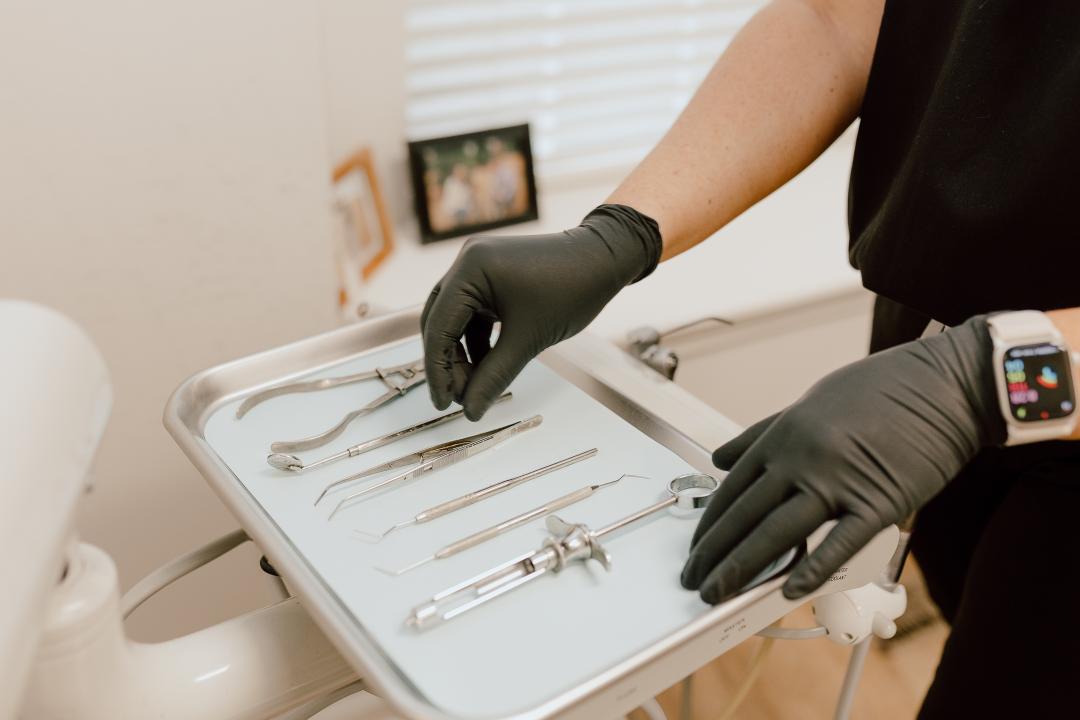
Root Canal
What is a Root Canal?
At the center of your teeth is pulp, a collection of blood vessels that help to build the surrounding tooth. The pulp can get infected, causing trauma, decay, and damage. To eliminate infected material, your dentist will likely remove Injured pulp will, and the root canal system will be thoroughly cleaned and sealed.
About 90% of root canals are successful! Local anesthetic in addition to nitrous oxide analgesia can be used to ease discomfort. You will be able to go home soon after your treatment, and most patients can drive themselves. In general, endodontic treatment is less expensive than tooth removal and replacement.
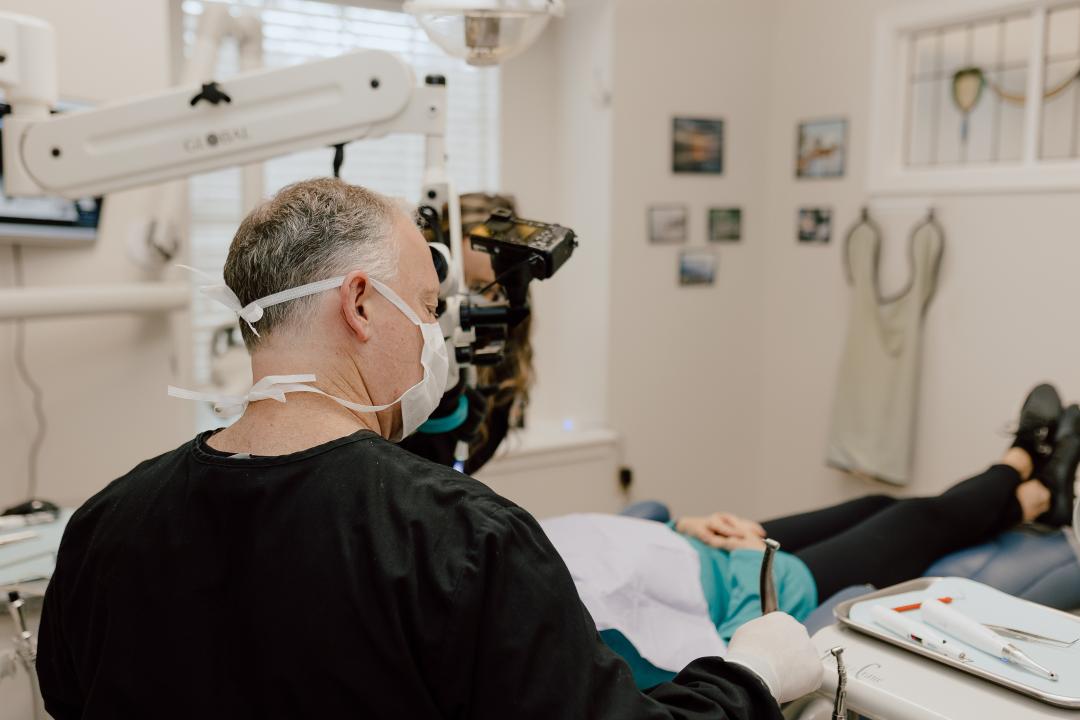
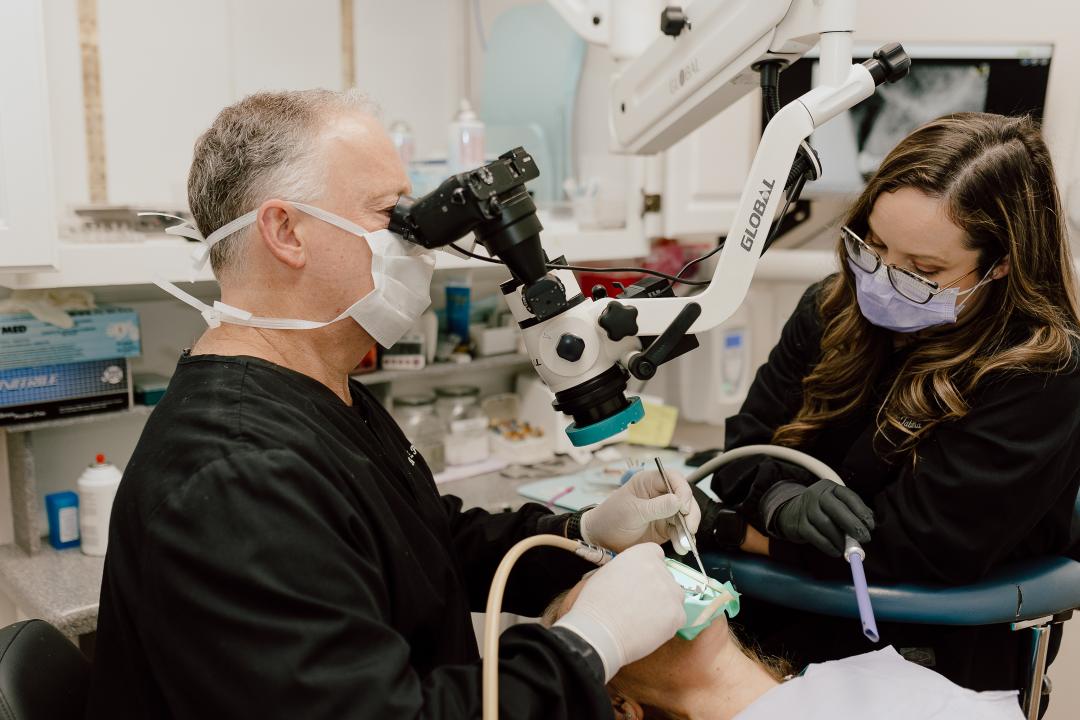
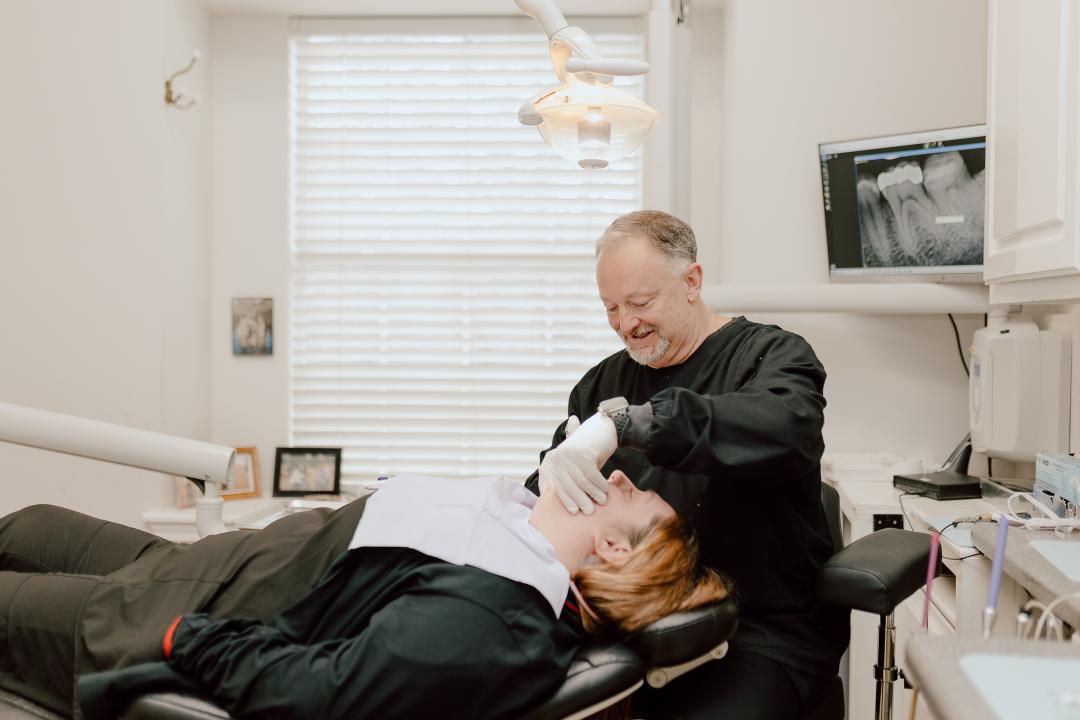
Myths about Root Canals
Myth #1: Root canal treatment is painful.
Truth: Root canal treatment doesn't cause pain, it relieves it.
Root canal treatment does NOT cause pain, it relieves it! Root canals, back in the day, without modern technology and anesthetics, were painful. However, modern-day root canals are painless, and no more uncomfortable than having a filling placed.
Generally, you see a dentist when you have pain, and you are recommended treatment to alleviate that pain. Root canals are meant to rid you of the pain-causing infection and damage.
Myth #2: Root canal treatment causes illness.
Truth: There is no valid, scientific evidence linking root canal-treated teeth and disease elsewhere in the body
This myth is derived from long-debunked research conducted a century ago by Dr. Weston A. Price, who was conducting research at a time before the medical field understood the causes of disease,
However, there is no valid, scientific evidence linking root canal-treated teeth to disease elsewhere in the body. A root canal intends to eliminate bacteria from the infected root canals, prevent reinfection, and save the natural tooth.
Myth #3: A good alternative to root canal treatment is extraction (pulling the tooth).
Truth: Saving your natural teeth, if possible, is the very best option.
Saving your natural teeth, if possible, will always be the best option. There are no ways to completely replace a natural tooth. Artificial teeth will never be able to fully replace your natural tooth, as you may have to avoid certain foods and continue to replace or correct the replacement tooth.
If you are recommended a tooth extraction, ask if a root canal is possible. Endodontic treatment, along with restoration, is the most cost-effective way to treat damaged pulp and is generally less expensive than extraction and replacement.
Endodontic treatment has a high success rate, and many root canal-treated teeth will last a lifetime.

Endodontic Retreatment
What is a Endodontic Retreatment?
Generally, with the appropriate care, teeth that have had endodontic treatment will last just as long as your natural teeth! However, if treatment fails to heal, or you experience pain, endodontic retreatment may be needed.
Endodontic Retreatment is selected as a solution following improper healing or failure of a prior procedure. Doctors will reopen your tooth to gain access to the restorative material, and remove the material to access the root canal. Once the canals have been cleaned, doctors will fill and seal the canals and place temporary fillings in the tooth.
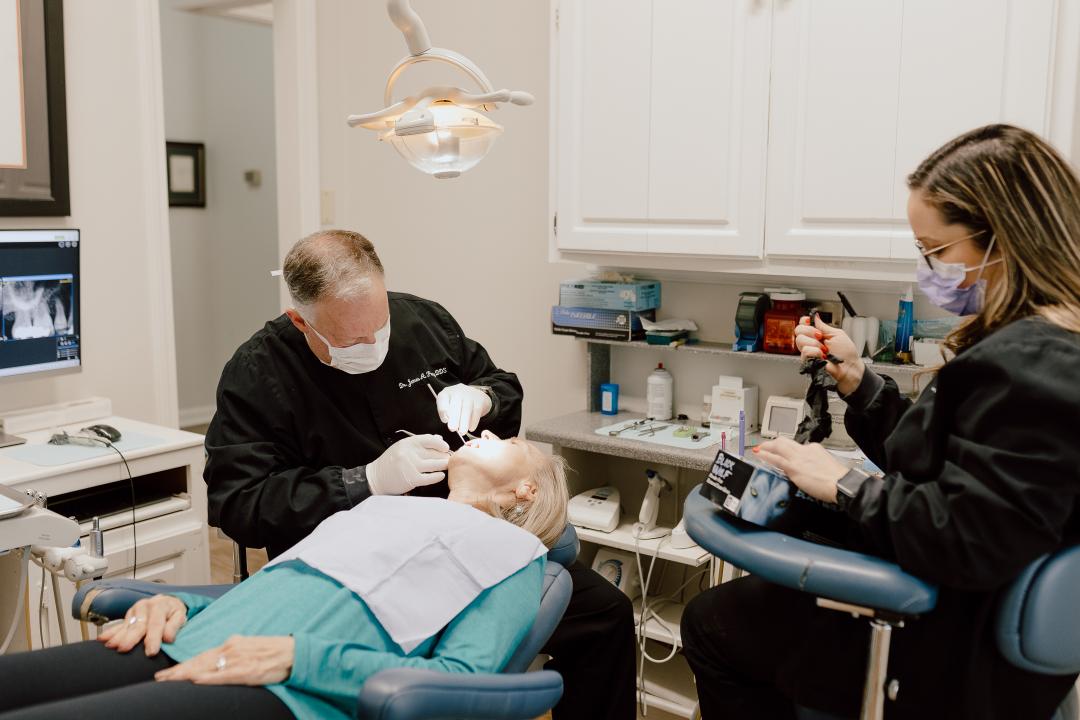
Apicoectomy
What is an apicoectomy?
The bone will naturally heal around the root, eventually restoring full function!
Apicoectomy: Many traumatic tooth injuries are treated with apicoectomies. In short, an apicoectomy is an endodontic procedure where only a tooth’s root tip is removed, and a root end cavity is created and filled with biocompatible material. This is done only when re-treatment of a traumatic injury has failed or is not advised.

Cracked Teeth
A cracked tooth can present as pain while chewing, temperature sensitivity, or release of biting pressure. A cracked tooth may be difficult to diagnose, as symptoms may come and go.
Chewing may cause movement of cracked portions of teeth, and the pulp within the tooth can become irritated. While chewing, when biting pressure is released, the crack in the tooth can close quickly, which will result in sharp pain.
Craze Lines
These tiny cracks only affect the outer enamel of the tooth. Being more common in adults, these types of cracks are superficial and are usually of no concern.
Fractured Cusp
When the cusp of a tooth is weak, a fracture may result. The cusp can break off or be removed by your dentist. Rarely does a fractured cusp damage the pulp, and your dentist will usually restore the tooth with a full crown.
Treatable Cracked Tooth
A treatable crack will extend from the chewing surface of the tooth and vertically migrate toward the root. The crack may extend below the gum line and into the root. Damage to the pulp is common in these cases. A root canal is necessary to treat the cracked tooth.
Split Tooth
Generally the result of an untreated cracked tooth, a split tooth can be identified by a crack with distinct segments. If a split tooth occurs, it cannot ever be saved intact. However, the position and extent of the problem will dictate whether any portion of the tooth can be saved.
Vertical Root Fracture
This type of fracture begins at the root and extends towards the chewing surface of the tooth. A vertical root fracture shows minimal symptoms and is hard to notice. Treatment for this fracture involves endodontic surgery to save a portion of the tooth if possible. Unfortunately, if endodontic surgery cannot save a portion of the tooth, removal will be necessary.

Traumatic Injuries
Many traumatic tooth injuries are treated with apicoectomies. In short, an apicoectomy is an endodontic procedure where only a tooth’s root tip is removed, and a root end cavity is created and filled with biocompatible material. This is done only when re-treatment of a traumatic injury has failed or is not advised.
Dislodged Teeth
In the event of traumatic injury, your teeth may be pushed back into their sockets, pushed partially out of the socket, or completely knocked out of the socket. An endodontist or general dentist may attempt to reposition and stabilize your tooth if (at all) possible. If the pulp inside of intact teeth remains healthy, then no other treatment will be necessary. However, if the pulp becomes damaged or infected, a root canal treatment is necessary.
Avulsed Teeth
If an injury causes a tooth to be completely knocked out, it is important to treat this injury immediately! It is important to keep the tooth moist. It may even be possible to put it back into the socket. A tooth can be saved if it doesn’t dry out, so put it in a glass of water with a pinch of salt or a glass of milk. The length of time a tooth is out and the matter in which it was knocked out will influence the treatment received.
Injuries in children: Apexogenesis & Apexification
- Apexogenesis: Apexogenesis is done to encourage the root to continue developing as the tooth pulp is healed. By covering soft tissue with medication to encourage growth, the apex of the root will continue to close as the child gets older. This will allow the walls of the root canal to thicken. As long as the pulp heals, additional treatment isn’t necessary.
- Apexification: If the pulp does not heal, it will be removed. A medication will be applied to the root to help a hard tissue form near the root apex. By hardening the tissue, it allows for a barrier for the root canal filling that will follow. At this point, the root canal walls will not continue to develop, which will make the tooth susceptible to future fractures.
